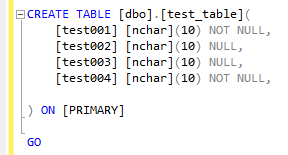In Dynamics NAV 2015 (and in older versions too) we do have a functionality to define payment terms and payment methods. The difference between two is that Payment Terms define WHEN we want money in, and Payment Method define HOW we want money in.
Pretty simple, and it is hard to find a NAV Consultant, who is unfamiliar with this.
But, I’ve managed to find a flaw in this well-known and reliable stuff. Say you define a Payment Terms of 1M(8D) which will mean, that we want money in in 1 month, but will grant an payment discount if customer pay within 8 days. Fine till this point – quite realistic scenario. Then we define a number of payment methods, including CASH, and for cash we put a Bal. Account. This is fine too – when you post an invoice system will automatically post an balancing entry, indicating that payment is received. Exactly what you expect when you take a cash and put it to your cashbox :).
But what if customer’s payment terms defaulted to earlier mentioned 1M(8D)? Well, here we got an issue. The system will automatically grant a payment discount, as you’ve just posted a payment transaction with same date as on your invoice. So in result we will have a payment discount granted, and in all our ledgers the payment amount will be reduced by discount amount, and system will say no single word about this until you navigate on posted document and check you ledgers…
In my opinion this behaviour is entirely wrong for cash based transactions. Well, I know, the payment discounts isn’t a very popular stuff, but as long it is here it worth to check if you customer got payment discount, and just disable it if you going to take cash.








